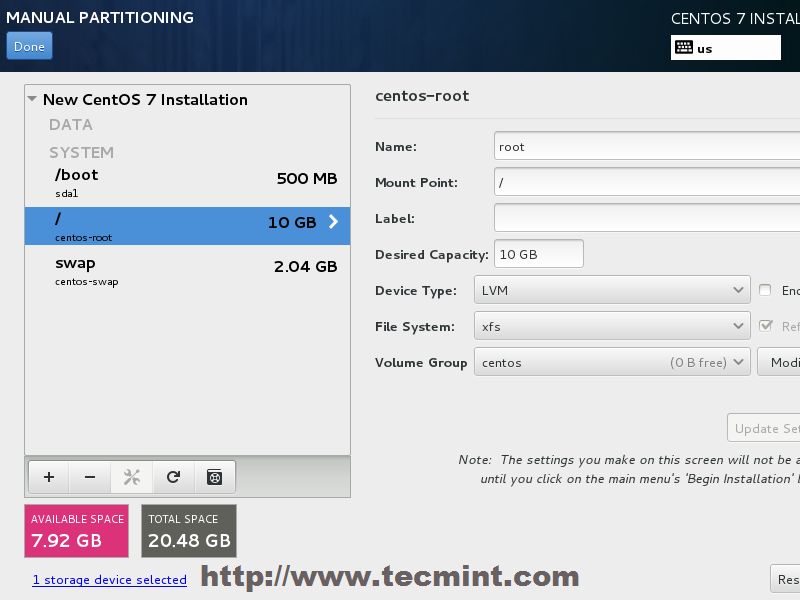

The default configuration for Redis is /etc/nf. # echo never > /sys/kernel/mm/transparent_hugepage/enabledĥ. Set Kernel Parameter Using Sysctl CommandĪlso make sure that the transparent huge pages kernel feature is disabled because it negatively has an impact on both memory usage and latency using the following echo command. # sysctl vm.overcommit_memory=1Īnd then apply the change by rebooting the system Or enable the setting immediately by running the following command. Next, set the Linux kernel overcommit memory setting to 1 by adding vm.overcommit_memory = 1 to /etc/nf configuration file. It is recommended to set up as much as swap as memory.Ĥ. You need to perform some settings in the kernel as explained.įirst, ensure that you have set up swap space in the server. Once you have installed the package, you need to set up your server to achieve high performance when using Redis.
#INSTALL NETATALK ON CENTOS 7 INSTALL#
Once EPEL has been installed, you can now install Redis package from the repository as follows. To install Redis package on CentOS 7, you need to install the EPEL repository on your system using the YUM package manager as shown.
#INSTALL NETATALK ON CENTOS 7 HOW TO#
In this article, we will explain to you how to install, configure and test a Redis server on CentOS 7 Linux. Importantly, it supports an API which allows you to extend Redis functionality using external modules. Some of its key features include built-in replication, cluster mode, partitioning (distributing data among multiple instances), transactions, notifications of key-space events, Lua scripting, mass insertion of data in a Redis instance in a short time, memory optimization, and so much more. Read Also: How to Install Redis in RHEL 8 It supports various data structures including strings, lists, sets, hashes, sorted sets with range queries, bitmaps and much more. It has three major uses: as a database, cache and message broker. Redis is an advanced and feature-rich key-value store that works in most POSIX systems such as Linux (which is the recommended platform for production deployment), *BSD, and OS X without external dependencies. Caching simply means keeping active data in a temporary store to make it easier and faster to access and Redis is one of the most popular caching solutions out there which supports most programming languages including Node.js, Python, PHP, Java, C, and much more. A well-known means to improve the efficiency of modern computer applications is by enabling caching.


 0 kommentar(er)
0 kommentar(er)
